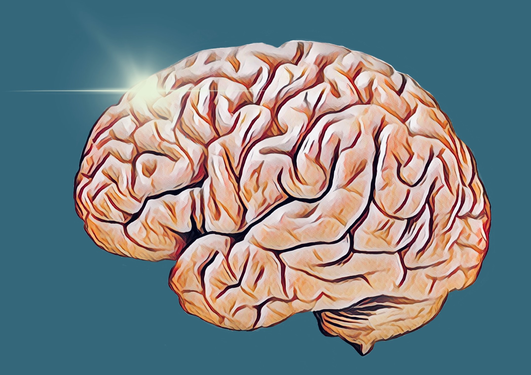The Quaternary Structure of Human Tyrosine Hydroxylase
The enzyme tyrosine hydroxylase is essential for life. Neurological, psychiatric and cardiovascular disorders occur when its catalytic function is impaired. Researchers at the Department of Biomedicine describe how new insights into the protein might help develop new avenues for treatment.

Main content
Since its discovery in 1964, tyrosine hydroxylase (TH) has been one of the most intensively studied enzymes within the entire discipline of neurochemistry. The medical publication database PubMed reflects the high interest into this key enzyme: no less than 23 156 publications are listed on the topic of TH. This multi-domain, homo-oligomeric enzyme catalyses the rate-limiting step of catecholamine biosynthesis and is a key marker for catecholaminergic neurons. Patients with defective enzymes suffer from neurological, psychiatric and cardiovascular disorders. To restore enzyme function, biomedical research focuses on both gene therapy and the development of pharmacological chaperones. The latter approach aims at restoring enzyme structure and stability, and therefore depends on a clear view of the basic molecular features of the protein: how its structural disturbances translate to functional defects and human disease?
In our recent work (Journal of Neurochemistry, 2018) we performed a detailed structural and functional characterization of the intact human protein in solution, using a variety of cutting-edge biophysical techniques.
Currently, our understanding of the quaternary structure relies on partial structures and homology models. There is no crystal structure available for full-length TH, but according to textbook knowledge, the enzyme exists exclusively as stable tetramers. Contrary to these earlier findings that were largely based on low-resolution methods and artificial protein constructs, our report demonstrates that wild-type full-length TH exists in enzymatically active tetrameric and octameric species. This novel octameric form appears to be the result of stable interaction between two tetramers.
In order to address disease conditions, we included dystonia-associated enzyme variants that affect the subunit interfaces being involved in the formation of tetrameric TH. The investigation of some disease‐related mutations revealed that certain variants destabilise the normal quaternary structure of the enzyme. Disruptions within the dimer-dimer interface can lead to the breakdown of tetrameric assemblies, resulting in a mixture of partially active tetrameric and dimeric species. This is an entirely new molecular disease mechanism that also has treatment implications for a severe neurometabolic condition called Segawa syndrome.
